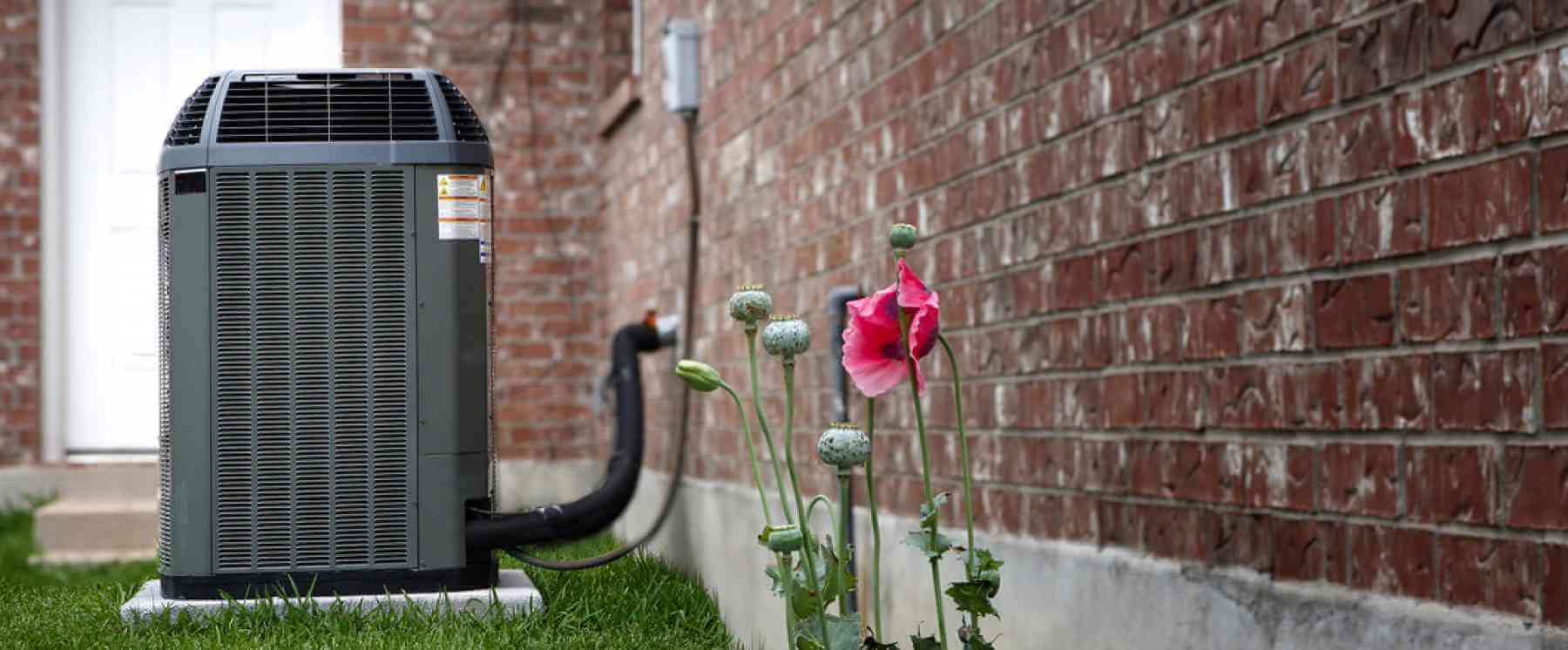The U.S Department of Energy's contemporary minimum efficiency standards for heat pumps and air conditions may be effective in January 2023. Several changes are expected to be witnessed in the HVAC practices and standards. These new mandated practices and challenges may significantly influence the cost of products and expected services at the time. The following are changes and strategies that building owners should take to dodge potential threats:
On the Horizon
The new M1 set standards have led to a decrease in the existing SEER ratings and a corresponding increase in efficiency standards for HVAC systems; hence it is impossible to manufacture or install lower SEER systems once the calendar turns 2023. Air conditioners' current minimum efficiency standards will follow the regional borders set up in 2015.
Reasons to Take Immediate Action
As much as you may be thinking that you still have enough time to assess the current HVAC and heat pump inventory through the rest of 2022, the truth is there is no time. The impact of the H.V.A.C standards and practices is already being felt, and the faster you act, the better. Some of the reasons are:
1. There is a limited sell-through timetable. This is the grace period that allows for regulation changes to take effect. This period permits distributors to sell off their existing inventory. The latest sweep also ensures the enforcement of new standards as early as January 1, 2023.
2. There is an inadequate supply of surplus H.V.A.C equipment available at this moment.
3. The new set regulations and SEER mandates are set to bring a 30% increase in HVAC price. Therefore, homeowners and managers should make peace with the price increase, and they are called upon to assess their system conditions and perform an energy analysis.
4. Unprecedented growth has been witnessed in the industry in the past year, contributing to the scarcity of products when there are challenges in the supply chain.
How Can Building Owners Prepare?
As a building owner, it is essential to perform a comprehensive audit that determines the units that are have reached the end of their useful life. The considerations to be made include the efficiency of the units, their age, and their overall general condition. Once you determine if it's time for a replacement, it is only wise to do so and avoid resulting repercussions.
Building owners with budgetary flexibility can adjust maintenance budgets to commence replacing the units if the energy audit points need to be replaced. Also, there is time to consider the additional capital needed for the products replacements. There is a chance of long-term savings with a lower cost if done now. You can also benefit from lower operating costs as today's units are more efficient than ten years ago.
Some of the moving parts taking place now include the education of the HVAC market and the manufacturing of high-standard supporting equipment. However, the regulations require no replacement of an older working system.
